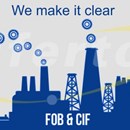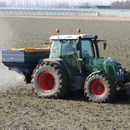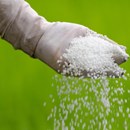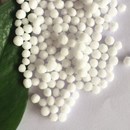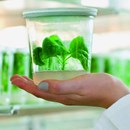
Hereby we would like to inform you that our representatives are present at PotatoEurope 2017, held in Emmeloord (the Netherlands) from 13- 14 September. PotatoEurope 2017 is an unique outdoor annual event were the entire potato chain is present. This year the event will take place in World Potato City Emmeloord, the Netherlands. The trade show hosts a numerous of demonstrations, showing how the international potato world is preparing for a sustainable future.
Read more ›




